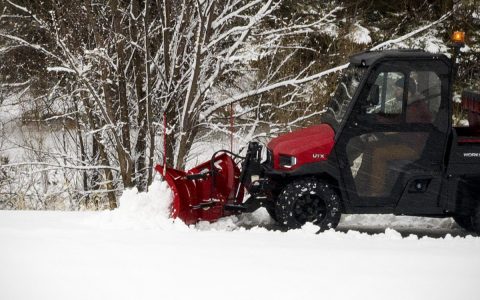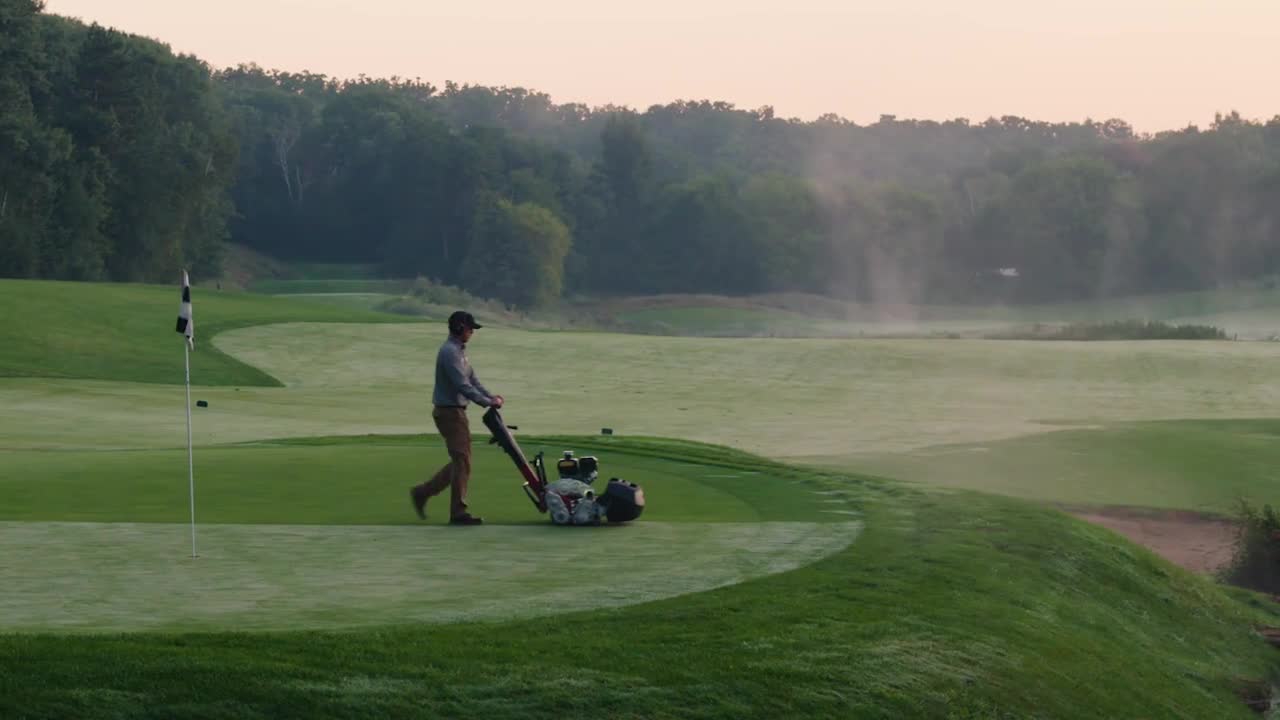For most golf courses, topdressing is an essential ongoing maintenance practice. Done correctly, it helps maintain a firm, smooth putting surface by controlling thatch and filling in small holes and imperfections. However, there are a few important things to keep in mind to make sure you get the best results.
Here are six tips for a successful topdressing program to keep your course in championship condition:
1. Use sand with the same particle size distribution as your original construction material. If the sand you put down is finer or coarser than your courses original construction material, you run the risk of creating an abrupt transition zone between the original material and the new topdressing material. This abrupt change in particle size can impede good water movement and make it difficult to maintain the optimum moisture content in the soil.
2. Be consistent. Troy Carson, senior research agronomist at The Toro Company, recommends applying a light topdressing once a week or once every other week during the growing season, depending on your labor resources. If you dont do it frequently enough or on a consistent schedule, alternating layers of sand and organic matter can start to build up, he cautions. Then it becomes difficult to get good water movement through the soil profile.
3. Dont skip core aerification. Keep in mind that weekly or biweekly application is not a replacement for core aerification. In most situations, courses still need to do annual or biannual core aerification to help remove organic matter, Carson explains.
4. Limit organic matter accumulation. A good rule of thumb is to try to maintain the soil on your putting greens at a maximum of 3 to 4 percent organic matter by weight, Carson says. Once you get above that, you start to have some issues with drainage, water infiltration and reduced gas exchange.
5. Apply topdressing in the morning. Topdressing is best done early in the day, because sand absorbs heat from the sun and can be abrasive on the leaves of the grass plants. According to Carson, courses typically apply the sand, let it dry for a short time, then use a brush or drag mat to work it into the canopy (be careful not to over-drag this also damages the turfgrass). The last step is to irrigate briefly to settle the sand.

6. Dont overapply. Excess sand can be hard on reel mowers and other turf equipment. You may even want to avoid using groomers or brushes for a few days following application to reduce the amount of sand your mowers pick up.
Of all these tips, Carson says using sand with the same particle size distribution as the original material is the most important. If you arent sure about the particle size distribution of your courses original construction material, refer to the specifications published by the USGA. If your courses material doesnt meet these specs, use a material that is similar to what the original construction material was. You can also send samples to an accredited soil testing lab to identify the original construction material and source a similar material with a topdressing provider.
Toro offers a range of solutions for precise topdressing application. To learn more, visit toro.com or ask your local Toro distributor.







